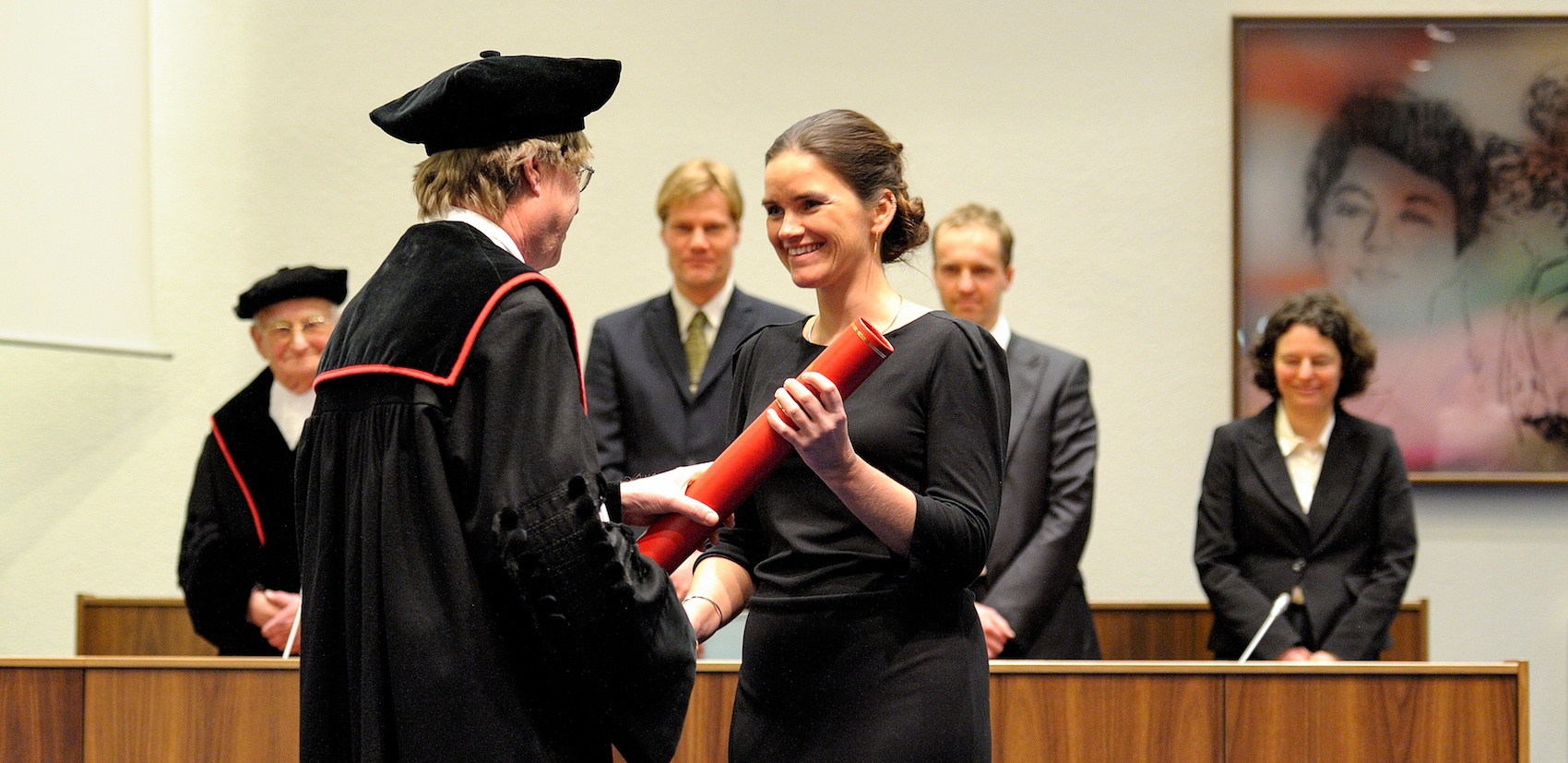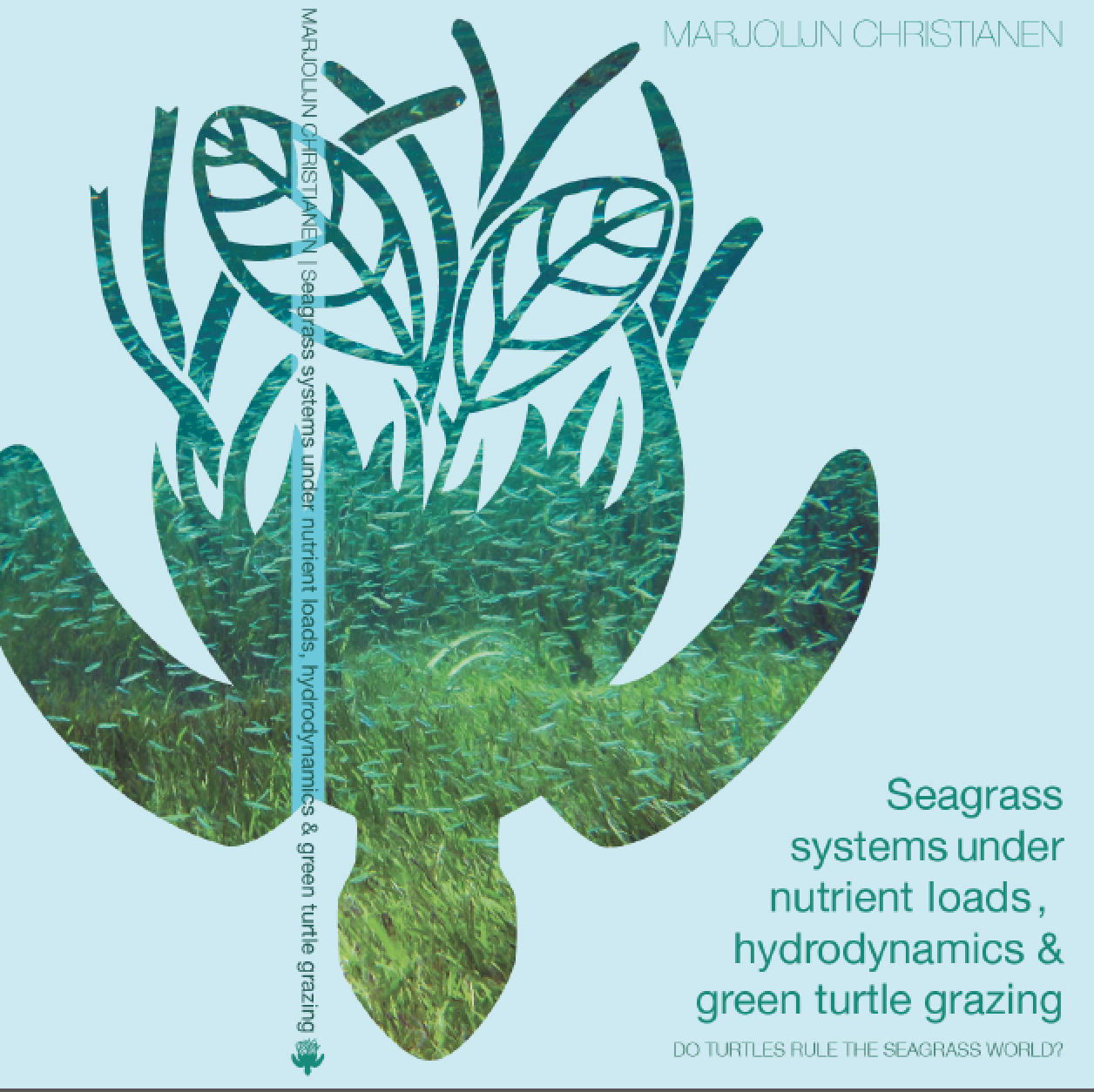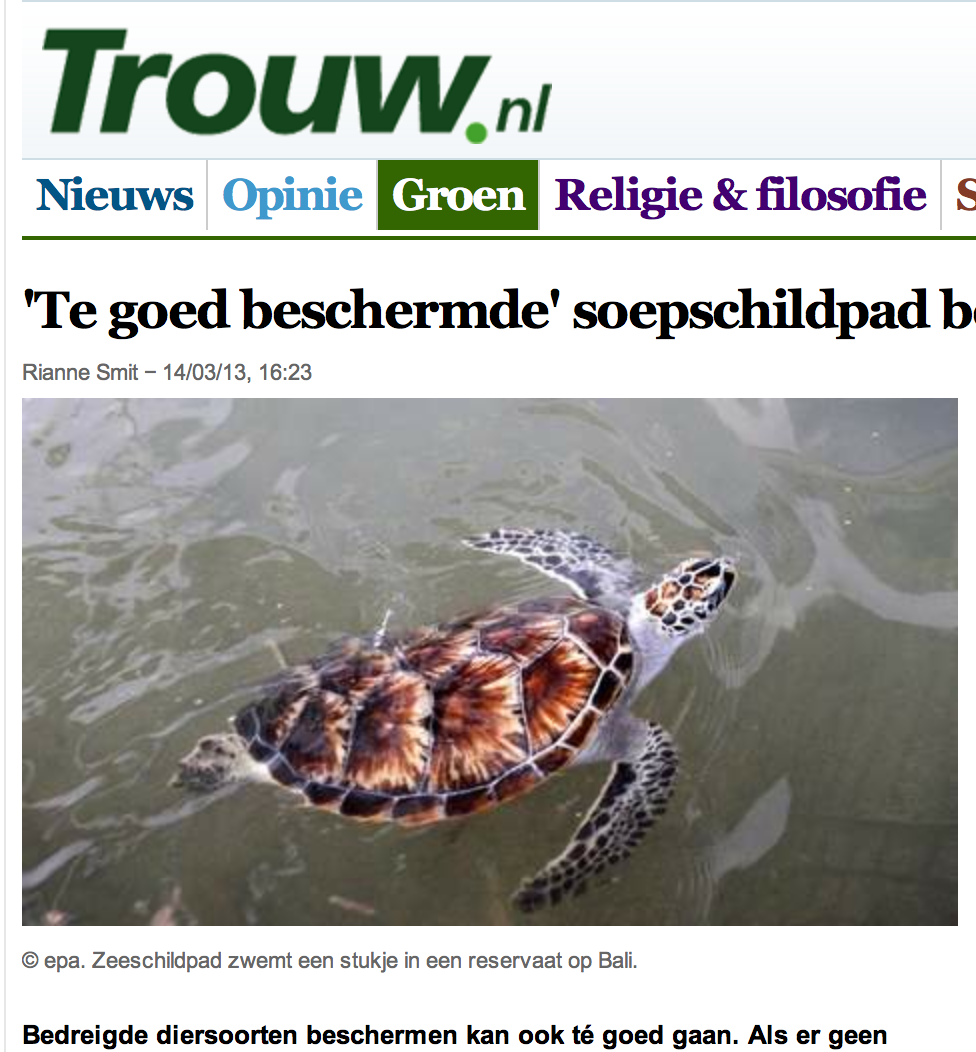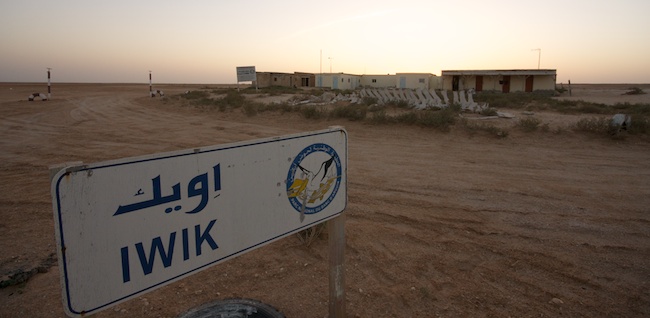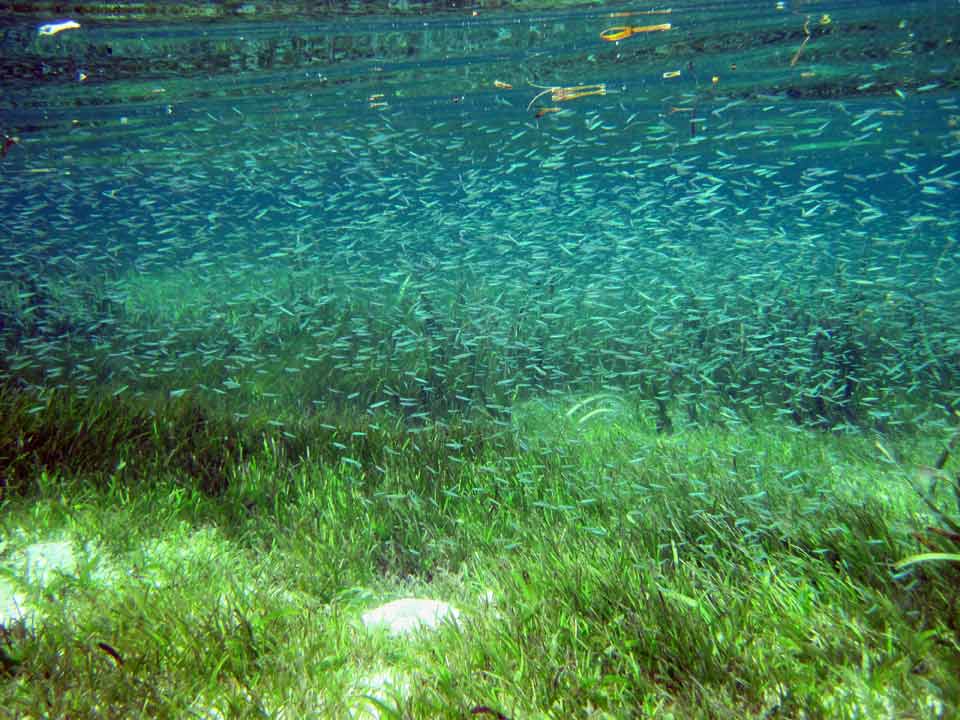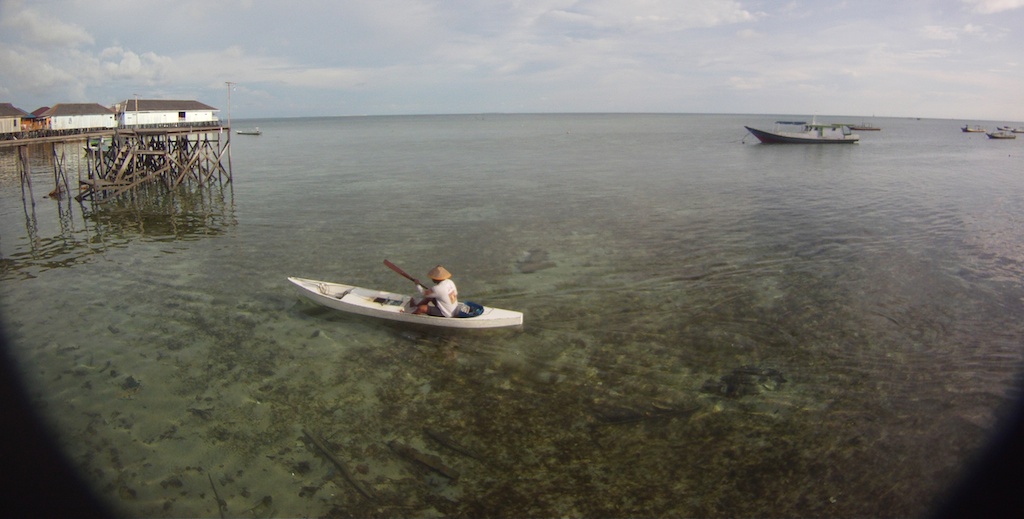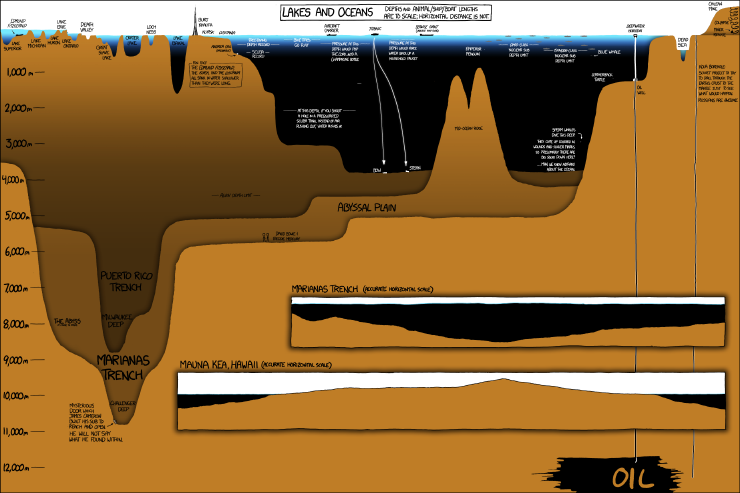This week I am joining the SIBES 2013 crew on the Navicula. They are sampling benthos at ± 4500 points spread througout the Wadden Sea, a program that is already running for 6 years. Continue reading “Research cruise SIBES 2013 on the Navicula”
PhD thesis in the pocket!
The 22th of March was the Big Day, I had to defend my PhD thesis. After a 10 minute summary about my research I had one hour to answer the questions of 8 (associate) Professors. 1.5 hours later this happy photo was taken. Continue reading “PhD thesis in the pocket!”
PhD thesis online
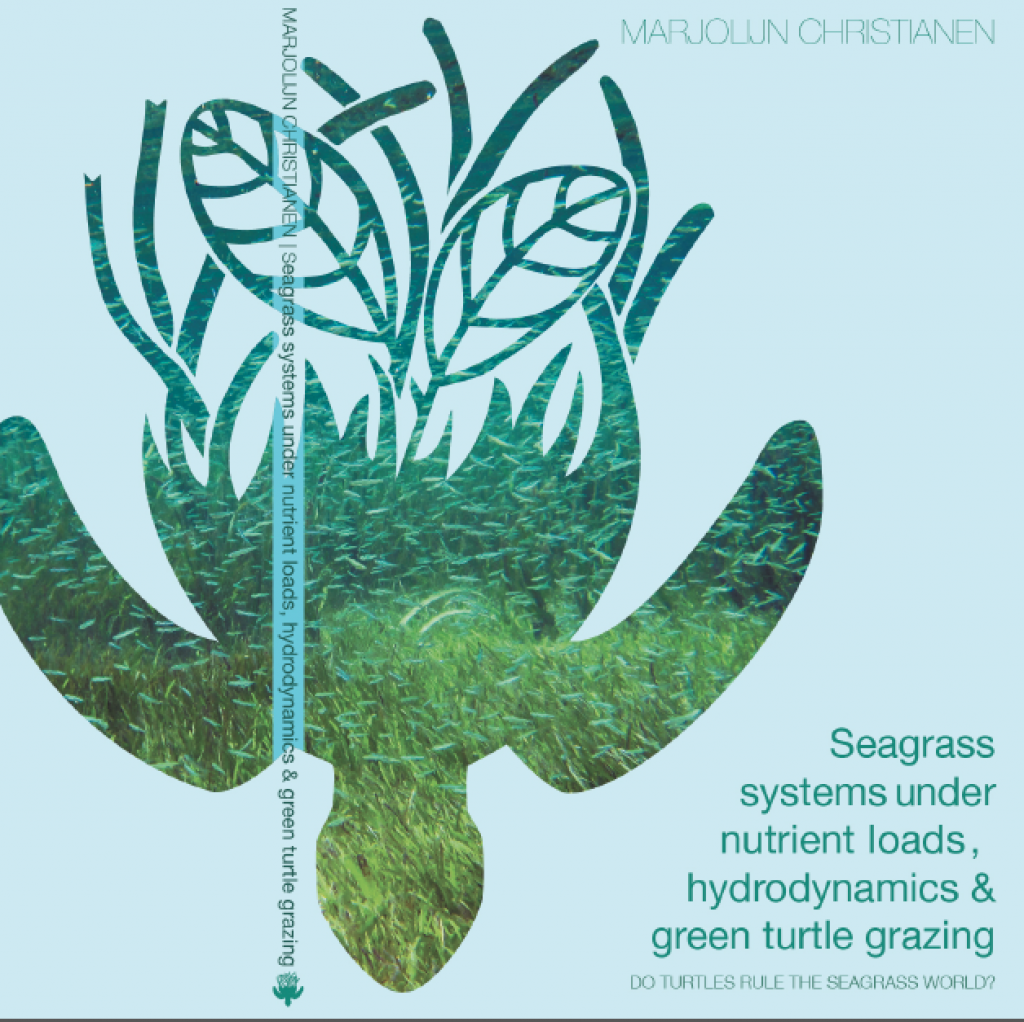 You can download my PhD thesis “Seagrass systems under nutrient loads, hydrodynamics and green turtle grazing – Do turtles rule the seagrass world?” here (pdf 88 MB). And the papers of my thesis here.
You can download my PhD thesis “Seagrass systems under nutrient loads, hydrodynamics and green turtle grazing – Do turtles rule the seagrass world?” here (pdf 88 MB). And the papers of my thesis here.
Next friday I will defend my PhD thesis at Radboud University Nijmegen.
I still have some paper copies left. So send me an email if you want me to send it to you. If you want to watch the live videostream of my defence mail me for the link.
Please don’t hesitate to contact me if you have any comments after reading my thesis. Look forward to it!
My research in the (Dutch) media
After sending out the press release about my upcoming PhD defense, my research on seaturtles destroying their own habitat did receive some attention in Trouw newspaper and a science-radio program. Check these links here.
10th ISBW Buzios, Brasil (& sea hares)
The 10th international seagrass biology workshop was a success! Together with seagrass specialists from around the globe we enjoyed 3 days packed with talks & workshops in a resort town of Buzios in Brasil. See WSA’s blog by Sity for a nice overview of the highlights and of the speakers (gallery seagrass watch)
It also included a field trip to the seagrass (Halodole wrightii) meadows of Ilha do Japonês, Cabo Frio. Here Dominik and I found some small green turtles above the seagrass bed and loads of sea hares swimming and mating.
Together with the other young seagrass punks we had a great conference! See then here in their natural habitat:

Many thanks to Tjeerd & Leon to provide funding for this great opportunity
Seagrass expedition Bank d’Arguin, Mauretania
The Bank d’Arguin is a magnificent place: Not only to see loads of beautiful birds, some marked with colourfull rings as a souvenir from the Netherlands, but also to do seagrass research. Together with Jim de Fouw (our expedition leader), Laura Govers, Tjisse van der Heide en Karin van de Reijden we traveled through the Mauritanian desert to the Bank d’Arguin research station.
This station has been used for decades by many researchers, which can be noticed by the strange collections of research equipement: fake birds, umbrella’s, cages, nets, loads of rain meters (desert??) and snow rackets. These snow rackets were used the next day (don’t worry: no climate change-induced snow storm in the desert) to walk on the mudflats to reach our seagrass plots, to prevent to sink knee deep in the mud, which did occur to Laura due to a broken racket. The tidal flats are dominated by seagrass: in the intertidal Zostera noltii and a bit of Halodule whrightii and subtidal Cymodocea nodosa. Contrasting to the tropical reeftop seagrass meadows where I usually work, here, the seagrasses build up a hudge amount of organic matter and trap a lot of suspended particles so that the mudflat is raised by a couple of centimeters per year. In an experiment we test the effect of this phenomena and bivalves on seagrasses. Another series of experiment and observations focussed on the seagrass foodweb. 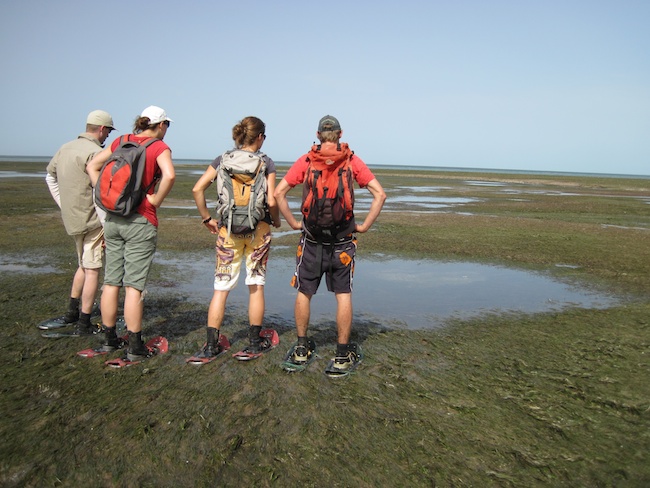 Unfortunately snorkeling is not really a lot of fun here because of the poor visibility. Above the seagrass we encountered a lot of bottlenose dolphins (twice the size of the Indo-Pacific ones), fidler crabs, shoavelnose-, torpedo-, and sting-rays, jumping yellow mullets, borrowing crabs, Cymbium shells, and in the ground under the seagrass off course loads of the world-famous Loripes lacteus and Anadara (“Shell”-) shells.
Unfortunately snorkeling is not really a lot of fun here because of the poor visibility. Above the seagrass we encountered a lot of bottlenose dolphins (twice the size of the Indo-Pacific ones), fidler crabs, shoavelnose-, torpedo-, and sting-rays, jumping yellow mullets, borrowing crabs, Cymbium shells, and in the ground under the seagrass off course loads of the world-famous Loripes lacteus and Anadara (“Shell”-) shells.
A very dramatic sight was the enormous amount of dead green turtle carapaces that were washed up the beach and eaten by jackals in the previous month; approximately 1 dead turtle every 20 meter at a stretch of 3km beach. There was no sign of poaching (cuts in the carpace) or hunger, the carapace lenght (CCL) ranged from 40 cm till 90 cm, and the local rangers and researchers also don’t have a clue what happened here, leave a comment if you know more! Some random photos:
My PhD thesis is finished!
After months of radio/blog silence (I did not want to bore you with another photo of my computer screen) I finished the manuscript of my PhD thesis just before the deadline of 1th of October, Woehoe! The last weeks I lived a life comparable to a burrowing shrimp: I lived inside my office, only shoveling the manuscripts over to all my supervisors on a regular basis.
I will defend my PhD-thesis titled “Seagrass systems under nutrient loads, hydrodynamics and green turtle grazing – Do green turtles rule the seagrass world?” at the Radboud Universiteit Nijmegen on March 22nd 2013 at 13:00. Now it is time to go on seagrass expedition to Bank D’Arguin, Mauretania.
Cool new Science paper by Tjisse et al.
Hot of the press.. a cool paper showing the importance of biological interaction in seagrass function (and even restoration) by friends and colleagues. Congratulations! Read it:
Time Lapse Derawan
After all those weeks behind the computer I am already longing back to my view from my research base in Derawan, enjoy my time lapse video. Do you see the tide rising?
2 last hours of sun on a typical fieldwork day.
Infographic: Depth of Lakes & Oceans
Click the picture to enlarge this cool infographic. Do you see the turtle? (Tnx Sipke!)


